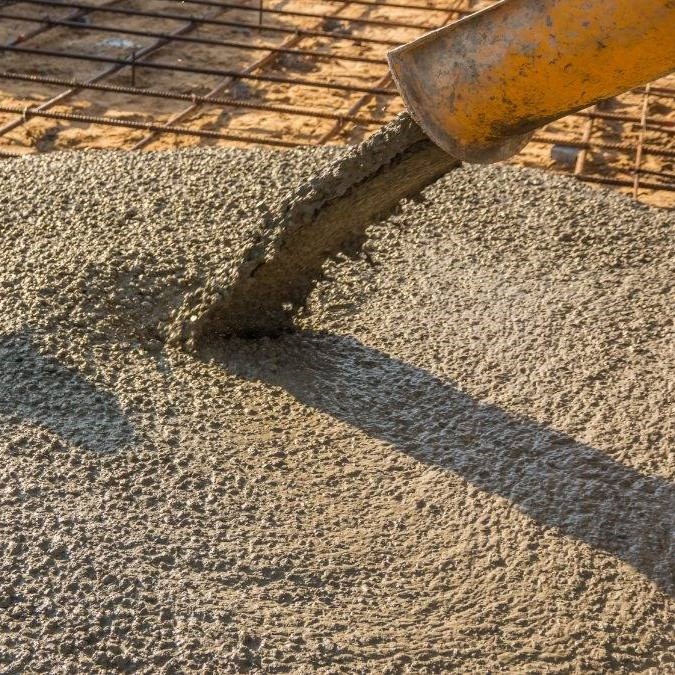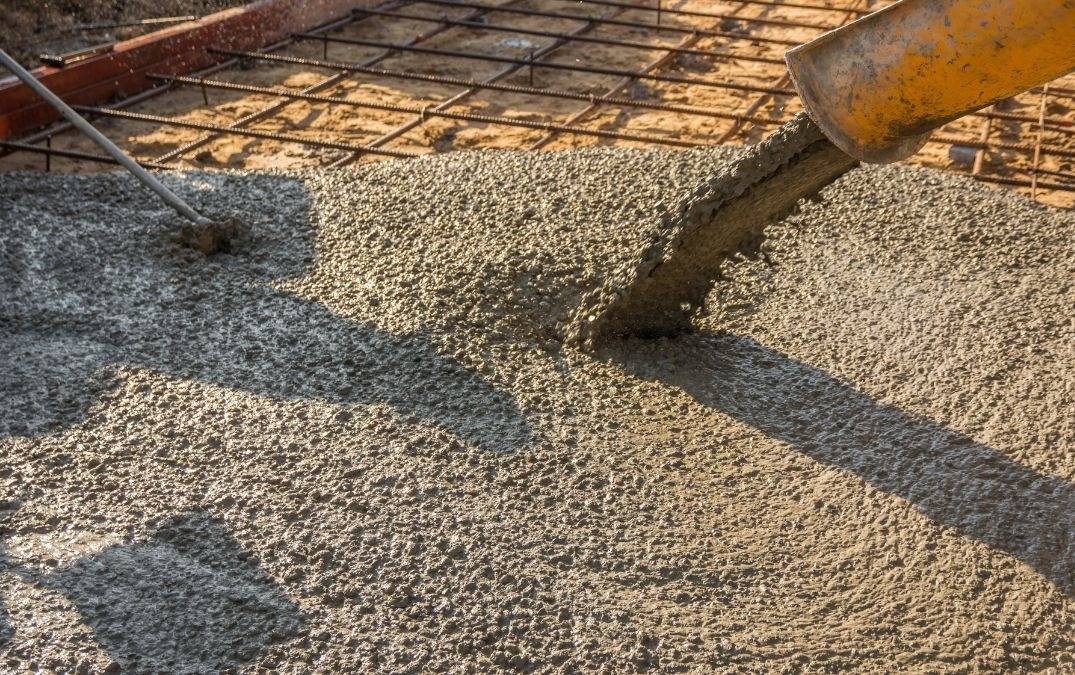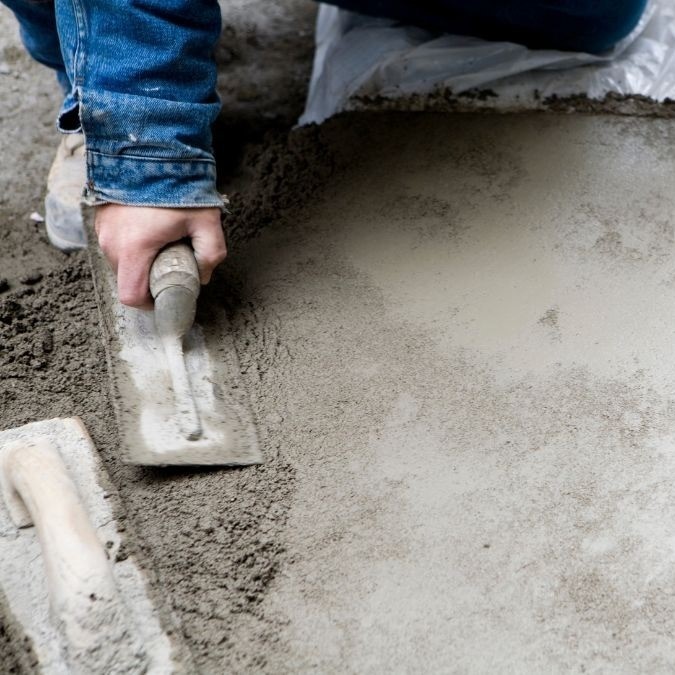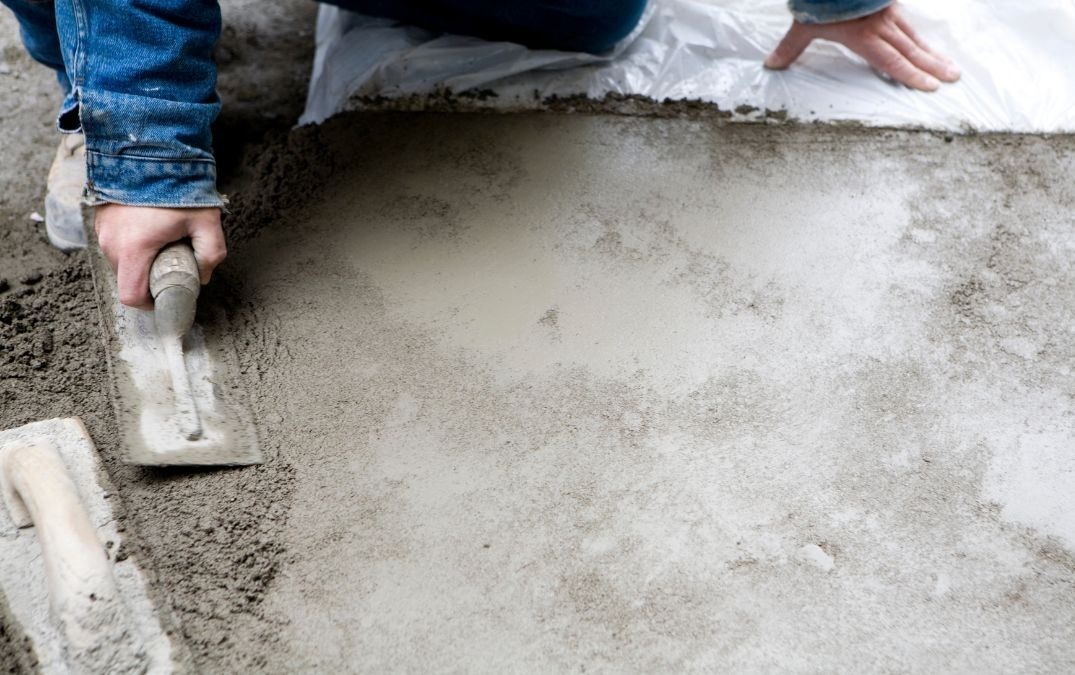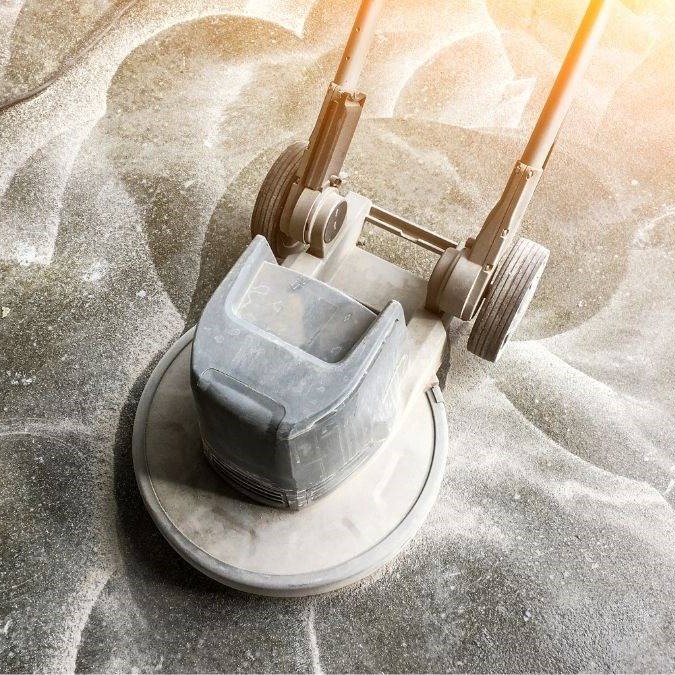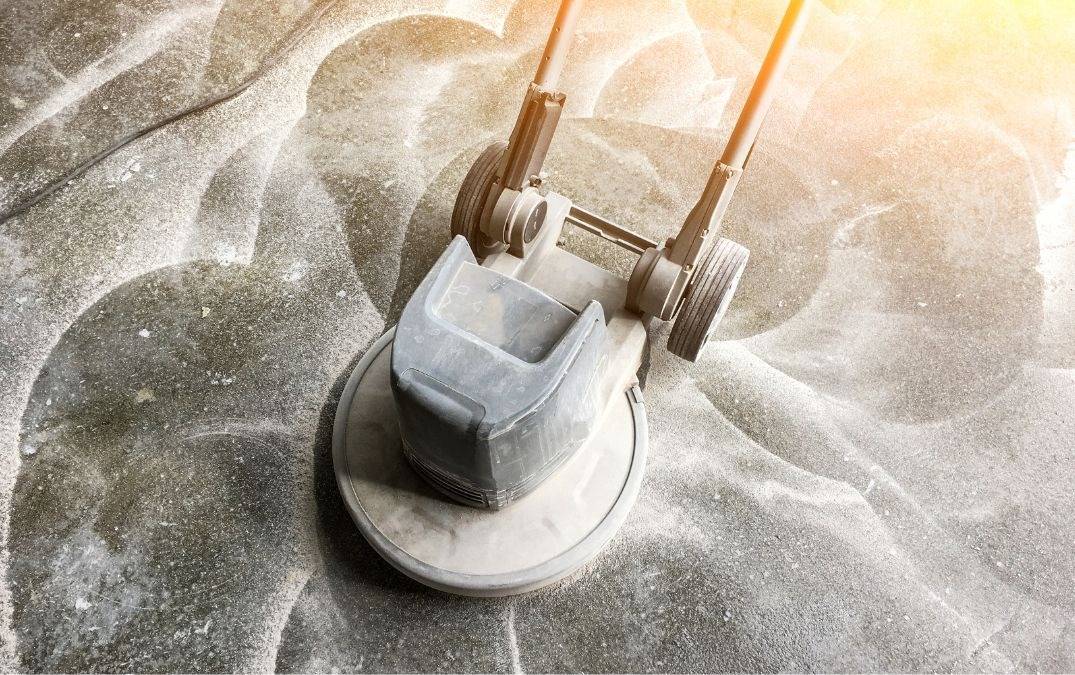Preperation and pouring
Here's what you can do to get things ready. First, clear out the area where the floor will go. Move any furniture, appliances, or debris out of the way. If there’s old flooring, like carpet or tiles, it’s best to remove it beforehand. Check the ground for any major bumps or holes and fill them if you can. If you’d rather not handle the prep work yourself, no worries. We can take care of it for a bit extra. This way, you can sit back and relax while we get everything ready for your new floor.
Make sure there’s easy access for the crew and their equipment. If you’ve got pets or kids, it’s a good idea to keep them out of the work area for safety. You should also have a plan for ventilation since concrete work can get a bit dusty. When it’s time to pour, the concrete will be mixed and delivered, usually by a big truck. The crew will pour the concrete into the prepared area, spreading it evenly with shovels and rakes. Proper curing is key, so the concrete will need to stay moist for at least 7 days.
